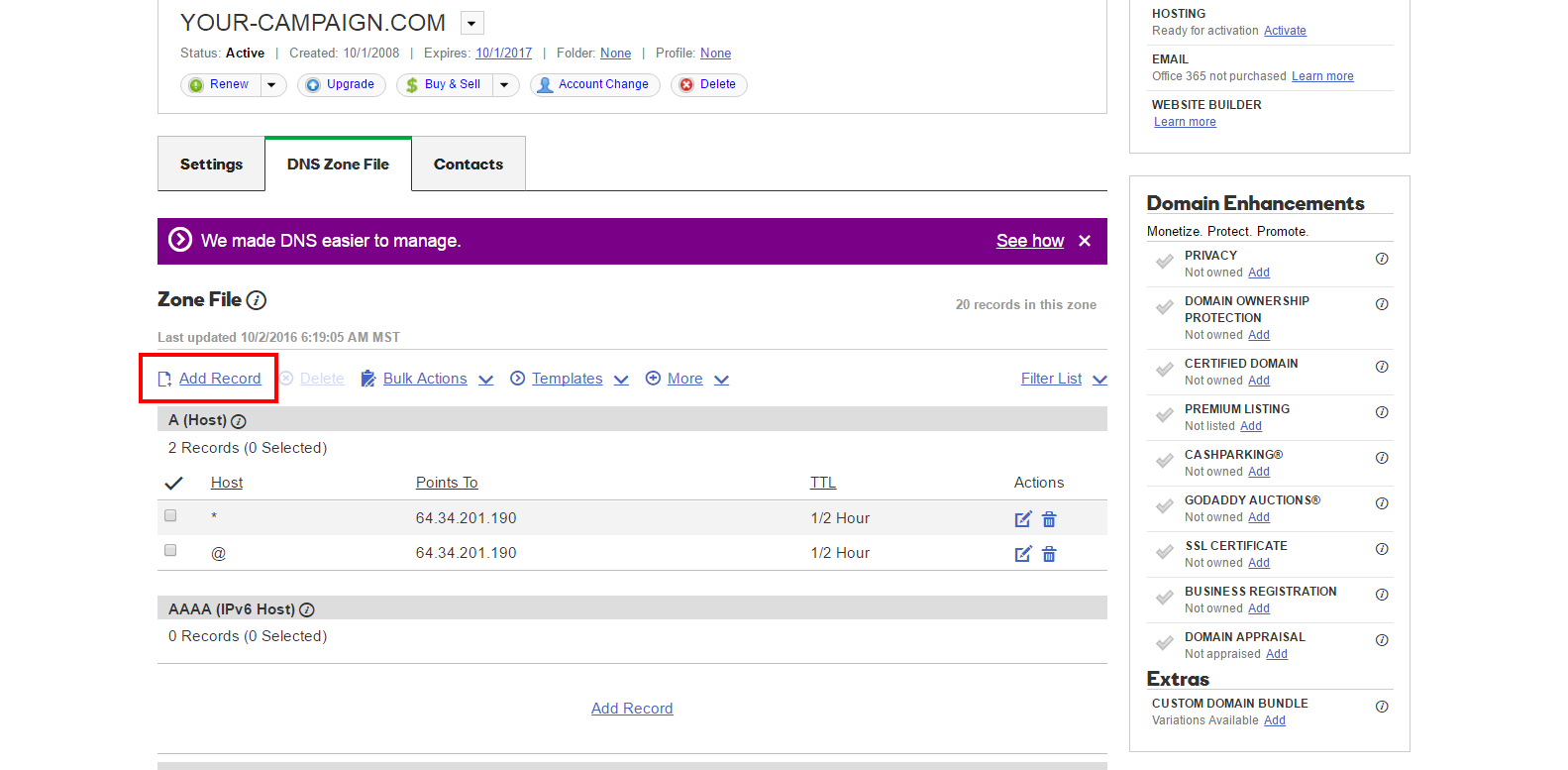How to Setup Email DNS Records
Setting up email DNS records is essential for ensuring that your emails are delivered successfully. DNS records are like the address book of the internet, telling email servers where to send emails for your domain. In this article, we will guide you through the process of setting up email DNS records step by step.
Step 1: Access Your DNS Settings
The first step is to access your domain’s DNS settings. This is usually done through your domain registrar or hosting provider. Look for the option to manage DNS records or something similar. Once you have access, you can proceed to the next step.
Step 2: Add MX Records
MX records specify the mail servers responsible for receiving email on behalf of your domain. To add MX records, you will need to create a new record and enter the information provided by your email hosting provider. This typically includes the mail server hostname and priority.
Step 3: Add SPF and DKIM Records
SPF (Sender Policy Framework) and DKIM (DomainKeys Identified Mail) records help prevent email spoofing and ensure the authenticity of your emails. Adding these records involves creating new TXT records with specific values provided by your email hosting provider.
Step 4: Add DMARC Record
DMARC (Domain-based Message Authentication, Reporting, and Conformance) is a policy that tells email servers how to handle emails that fail SPF and DKIM checks. To add a DMARC record, create a new TXT record with the DMARC policy provided by your email hosting provider.
Step 5: Test Your DNS Records
Once you have added all the necessary DNS records, it’s important to test them to ensure they are set up correctly. There are various online tools available that can help you verify your DNS records and troubleshoot any issues that may arise.
Conclusion
Setting up email DNS records is a crucial step in ensuring the deliverability and security of your emails. By following the steps outlined in this article, you can set up the necessary DNS records for your domain and avoid any potential email delivery issues. Remember to periodically review and update your DNS settings to keep your email infrastructure running smoothly.
